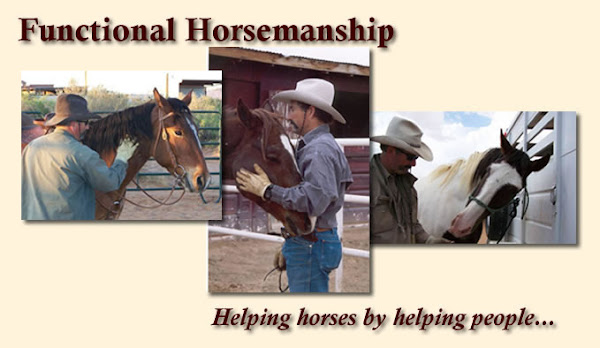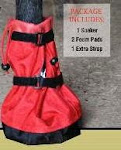The Battle of the Little Bighorn, began 142 years ago, as Lakota, Northern Cheyenne, and Arapaho, led by Crazy Horse and Chief Gall, almost completely annihilated the U.S. 7th Cavalry under Lt Col George Armstrong Custer. Almost 270 of Custer's command of 700 men were killed with another 55 wounded on June 25th 1876. Chief Sitting Bull of the Lakota Sioux foretold the victory in his visions, which inspired the Indians to an overwhelming victory in this battle which became known as "Custer's Last Stand", and called the Battle of Greasy Grass by the Native Americans.
Custer's scouts found the village of Lakota, Northern Cheyenne, and Arapaho on the morning of 25 June 1876 but failed to convince Custer of the size and scope of the Indian encampment. Fearing discovery, Custer decided to not wait on the arrival of another column of U.S. Cavalry and Infantry, under Generals Terry's and Gibbon, and divided his forces into 3 separate elements. Custer took 5 companies of Calvary in an attempt to swing around to the rear of the Indian camp to cut off their presumed escape, while 3 companies under Major Marcus Reno attacked the mouth of the camp from the East. Upon seeing the beginnings of the camp, Major Reno reportedly stopped his assault and formed a skirmish line. When attacked by a large Indian force, Reno forces executed a disorderly withdrawal to a position where he was joined by Captain Frederick Benteen and the remaining 3 companies of the 7th Cavalry.
Lt Col Custer force of 210 men were eventually pinned down on a hill, which became known as Custer's Hill and alternatively as Last Stand Hill, where mounting Indian forces eventually overran Custer's remaining forces killing all. Accounts from Indian warriors indicated that Custer's companies were completely routed within an hour. The Indian warriors then concentrated on Major Reno and Captain's Benteen's companies through out the rest of the day and into the 26th of June until withdrawing after their scouts reported the advancing columns under Generals Terry and Gibbon who arrived on the morning of 27 June.
Without a doubt, the best book I have read on this battle was "The Last Stand: Custer, Sitting Bull, and The Battle of The Little Bighorn" written by Nathaniel Philbrick, and published by Viking Press in 2010. One of the first books I read on Custer's Last Stand was a book, my Pa gave me when I was around 8 years old, detailed the account of Captain Miles Keogh's horse Comanche, labeled as the only survivor of Custer's companies. Comanche was wounded, treated, and became the mascot for the 7th Cavalry finally dying in 1891. There were likely other horses who survived as well, but only to be captured by the victorious native's. Comanche was stuffed and still remains on display in a environmentally controlled display case at the University of Kansas in Lawrence, Kansas.
Another sad, but interesting fact was when the bodies of the fallen men and horses from Major Reno's initial attack were recovered, a clean of arc of dirt was apparent around the heads and necks of many of the wounded horse's as they lay dying from wounds but continued to graze the ground clean.
If you are traveling on Interstate 90 east of Billings, Montana it would be worth your time to stop at the Little Bighorn Battlefield National Monument, walk some of the terrain and read the memorials on the Native Americans and Cavalrymen who died that day.














